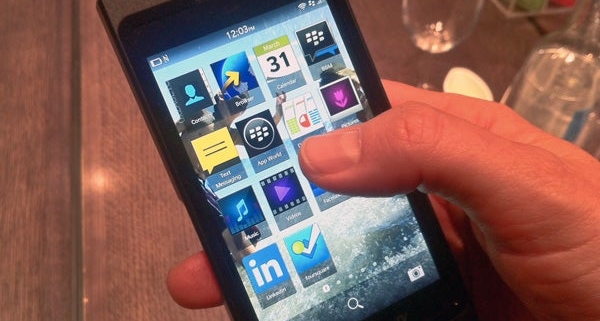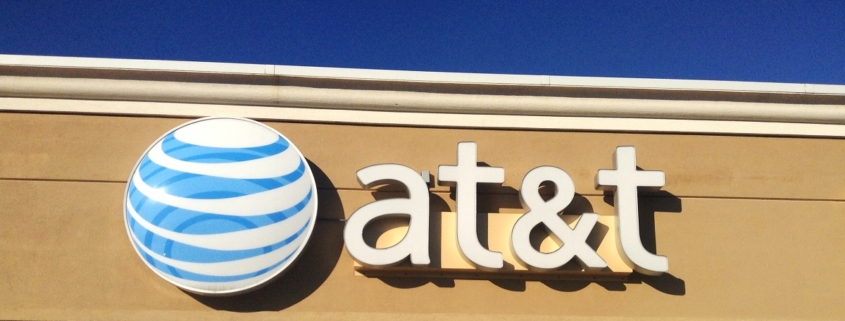BlackBerry phones will finally rest in peace on January 4
The pioneer of the smart phone before the smartphone BlackBerry has announced devices running on its BlackBerry OS software will stop working as of next week.
From January 4th, BlackBerry OS device owners won’t be able to make or receive calls, send texts, use Wi-Fi, or access mobile data.
That includes all smartphones running on BlackBerry 7.1 OS and earlier, the ill-fated BlackBerry 10 operating system and even the tablet-based BlackBerry PlayBook OS 2.1 (and earlier).
“As of this date, devices running these legacy services and software through either carrier or Wi-Fi connections will no longer reliably function, including for data, phone calls, SMS and 9-1-1 functionality,” the company said in a support post (via Liliputing).
However, if you have one of the few BlackBerry devices that launched running Android, such as the 2017 BlackBerry Priv, you won’t be affected.
The company had already announced over a year ago that its transition to a software company had been completed. Back in September of last year it would be “taking steps to decommission the legacy services” ahead of the termination date of January 4.
So, this has been coming for a long, long time but it still feels like the end of an era. Since it got out of the smartphone game Blackberry has reinvented itself as an internet security software company that assists governments and such. The company was initially renowned for the security of its email and BlackBerry Messenger platform so this isn’t too great of a leap.
In the announcement in September 2020, the company said: “Today BlackBerry is focused on providing intelligent security software and services to enterprises and governments around the world. Since pivoting to an enterprise software and cybersecurity company, we have received questions about our plans to provide ongoing support for BlackBerry 7.1 OS and earlier and BlackBerry 10 devices. In 2017, we committed to providing at least two more years of support for BlackBerry 10 and at least two years of BlackBerry network access for BBOS…


